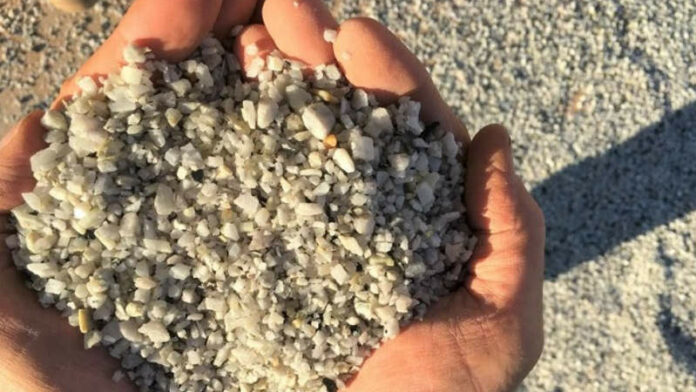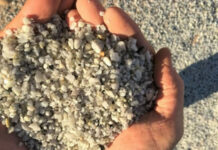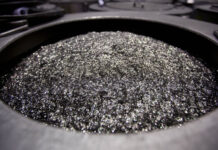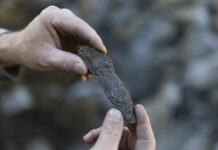
NEW technology being trialled could vastly improve lithium production efficiency, but there’s scepticism the methodology will be commercial for up to ten years. This highlights exactly why the market is so bullish about the battery mineral’s prices.
A report by Bloomberg News this week demonstrated a wide disparity among forecasters regarding lithium supply from now until 2025. Estimates varied from a deficit equal to 13% of demand to a 17% surplus. There was also disagreement regarding the size of the lithium market with forecasts ranging from as little as 502,000 tons to 1.3 million tons.
“There’s a complete overoptimism about the responsiveness of supply in the lithium market,” Andrew Miller, COO of Benchmark Mineral Intelligence told Bloomberg News. “It’s very hard to see how it’s going to accelerate at the speed that the battery market and electric vehicles are accelerating,” he added.
Banking group Morgan Stanley said in a report on Thursday that a technology called direct lithium extraction (DLE) could potentially change the dynamics of lithium supply. But whilst DLE was being used by four Chinese firms, and a hybrid of it was being trialled by US firm Livent, its widespread adoption by producers could take ten years.
DLE could improve lithium yields by up to 90% compared to the current 60% recovery rate. According to an expert in the field cited by Morgan Stanley “… there is a big difference between what can be achieved in the laboratory and the commercial reality”. Scaling up was “likely to be a challenge,” the bank said. It might also become more expensive to use with significant capital start-up costs attached.
The upshot is that the mining industry will “… struggle to catch up with demand” while prices are expected to stay above both the marginal cost of incentive price levels over the next five years. If anything, recycling will become a factor in the supply of lithium.
Sibanye-Stillwater, the Johannesburg-listed precious metals producer last year announced two greenfields investments in lithium projects: one in Finland and another in the US. According to a presentation by the company in January, the lithium market will edge slightly into deficit this year prefacing eight straight years of growing lithium supply deficit totalling a million tons by 2030.
“We believe gross demand for lithium will rise by 17% a year while the base case mine supply increases by just 2%,” said James Wellsted, spokesperson for the company.
Sibanye-Stillwater will pay US lithium project company ioneer $490m this year for a 50% stake in its Rhyolite-lithium project in Nevada on completion of certain conditions precedent.











